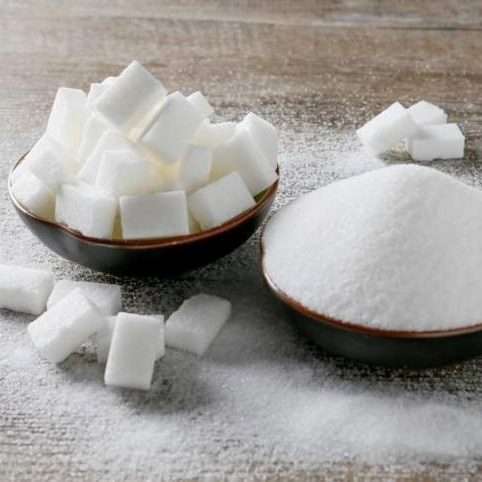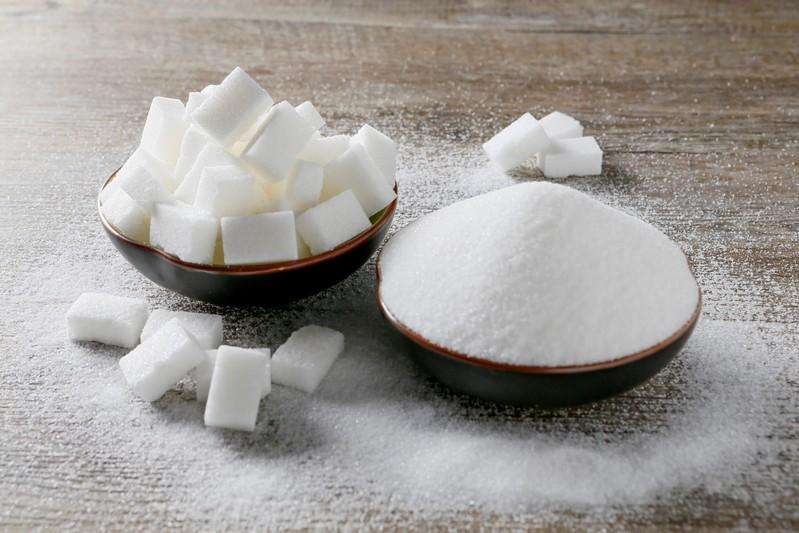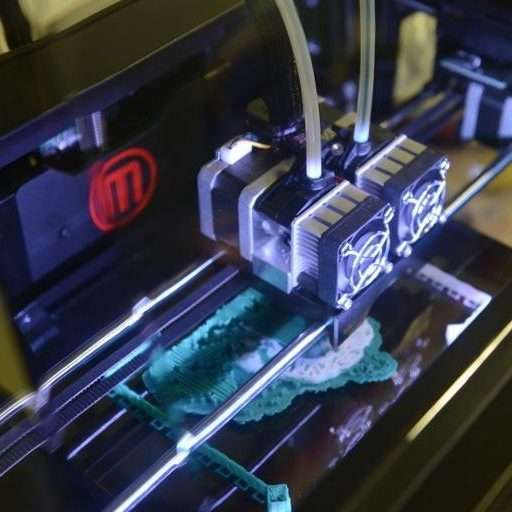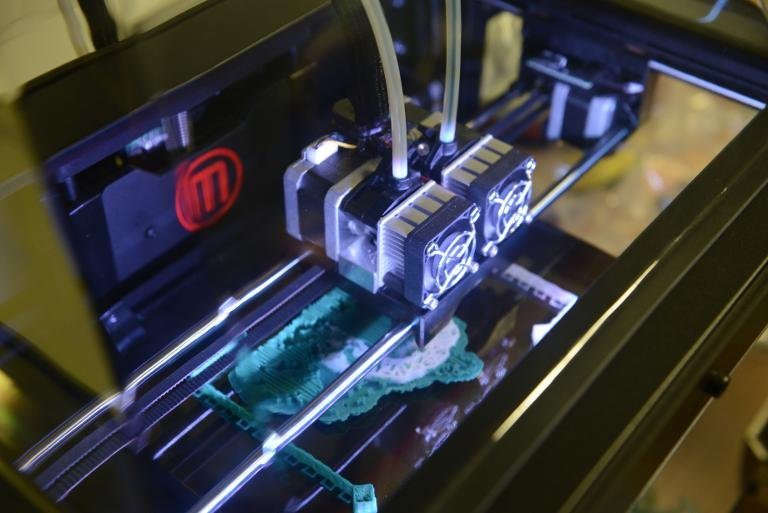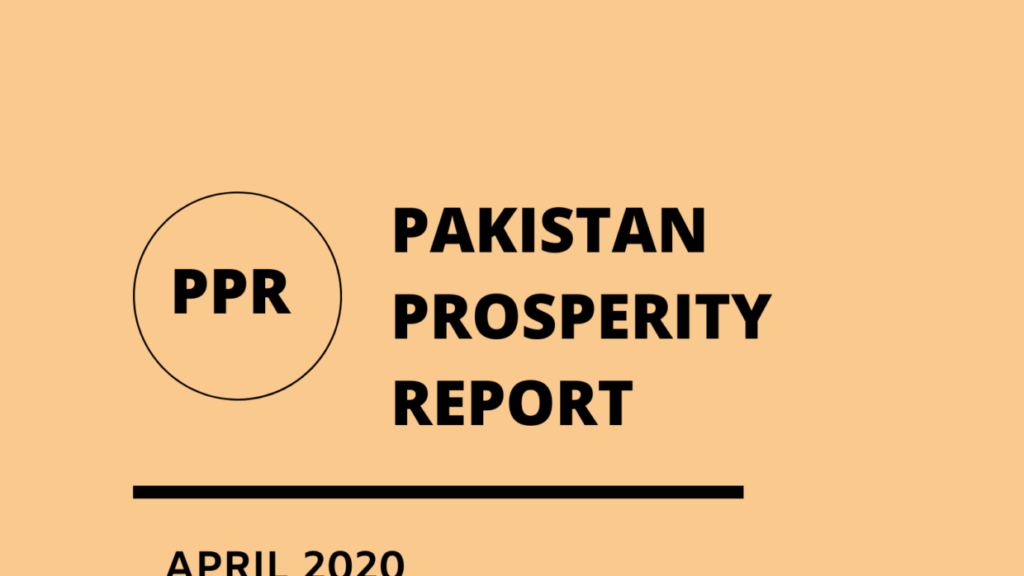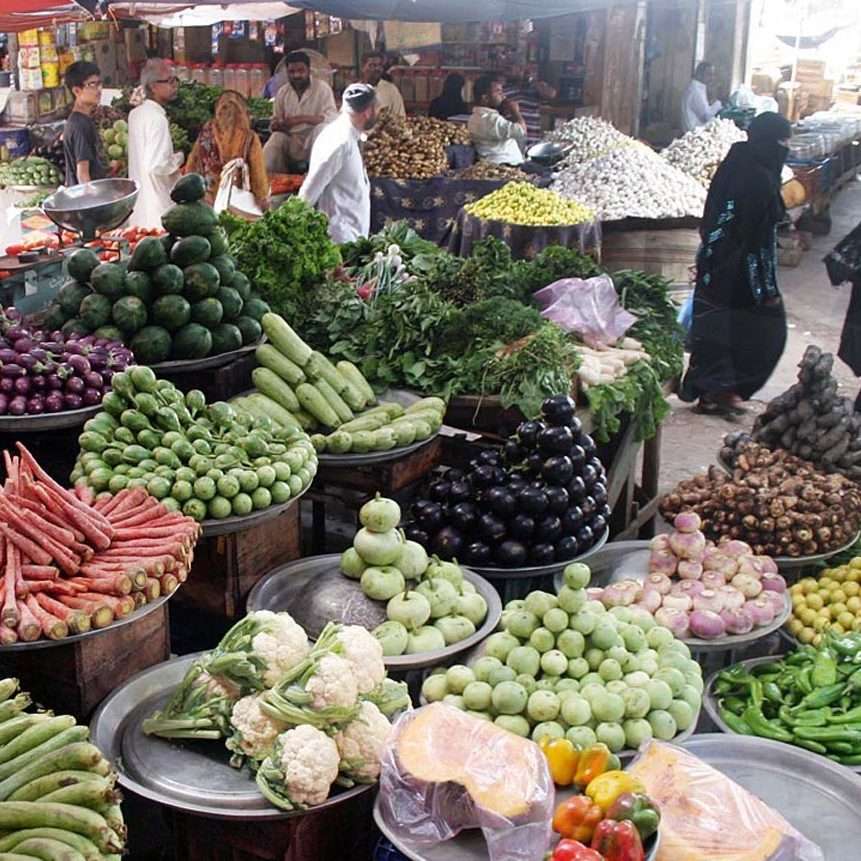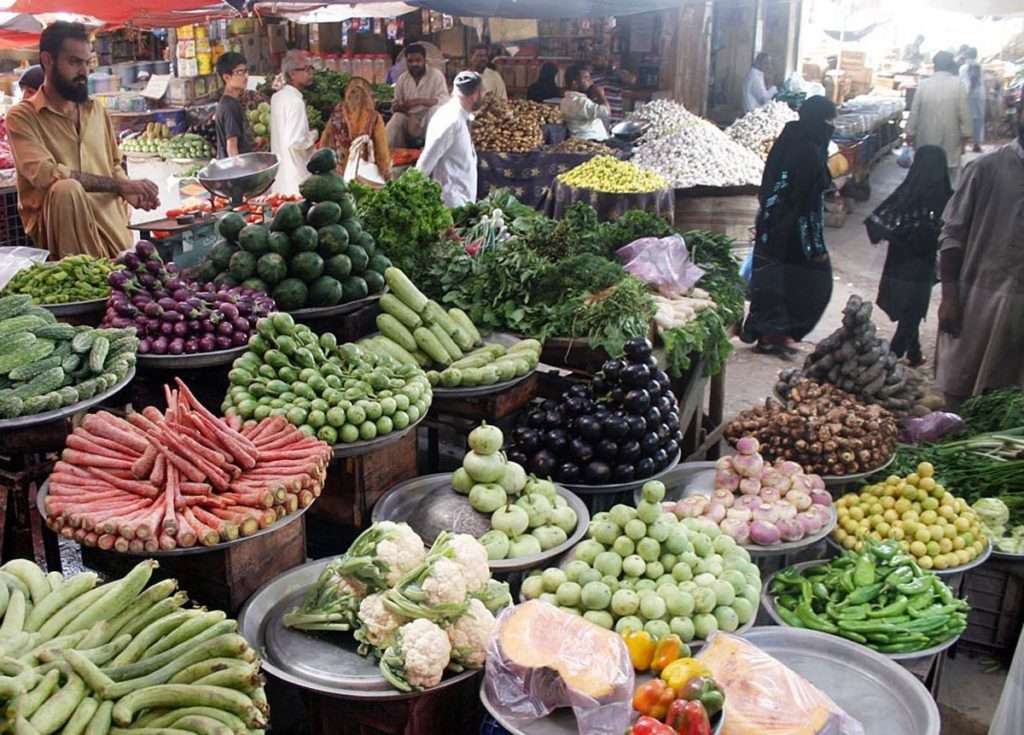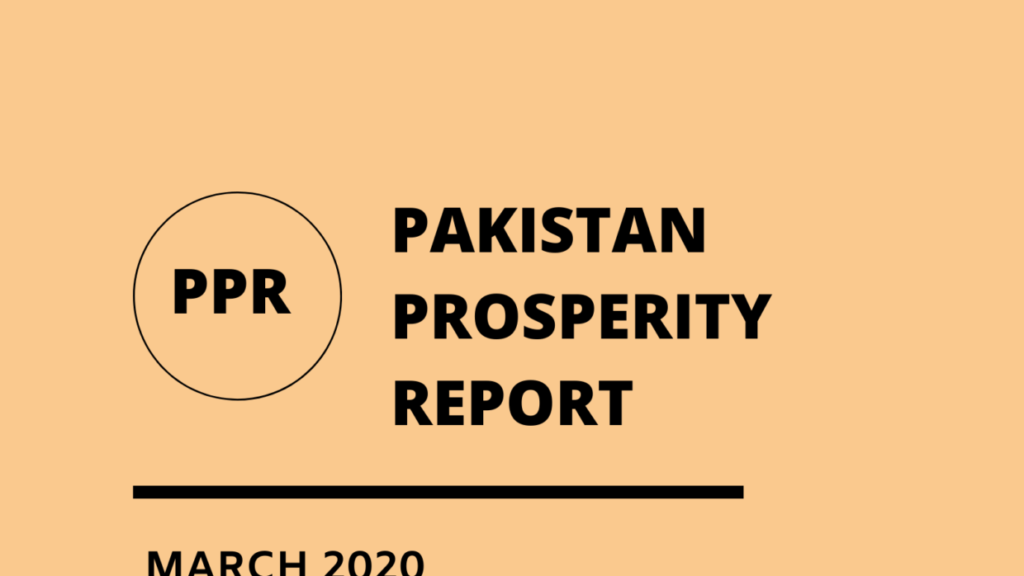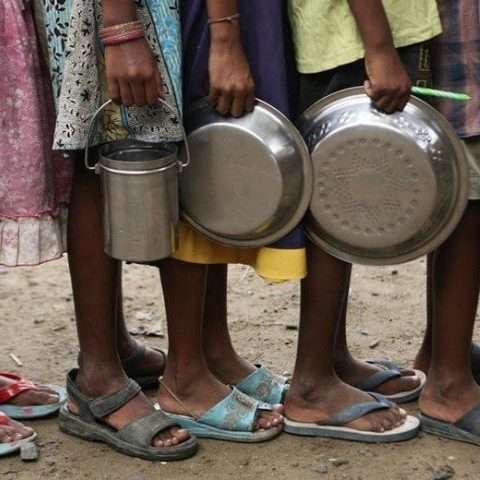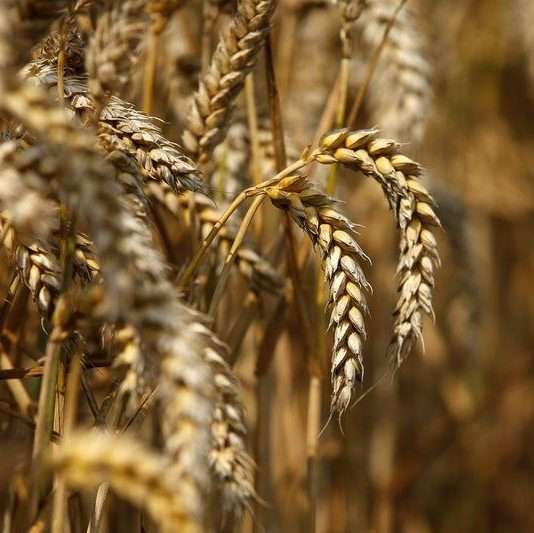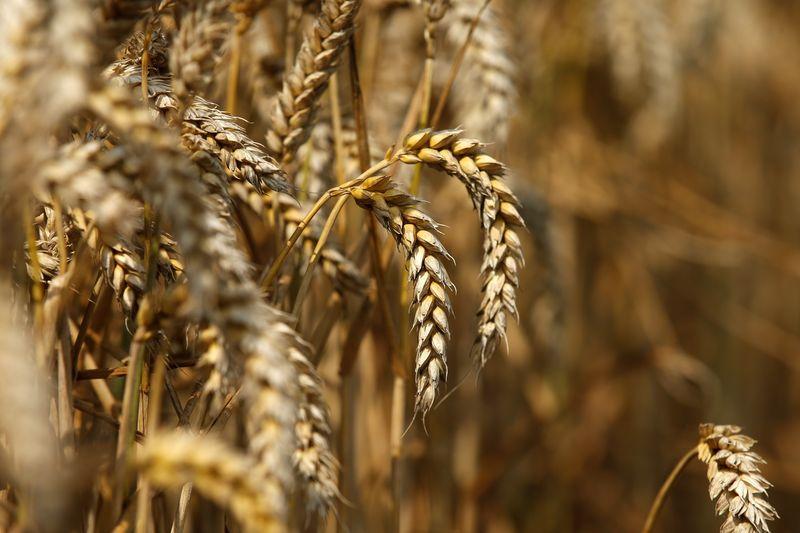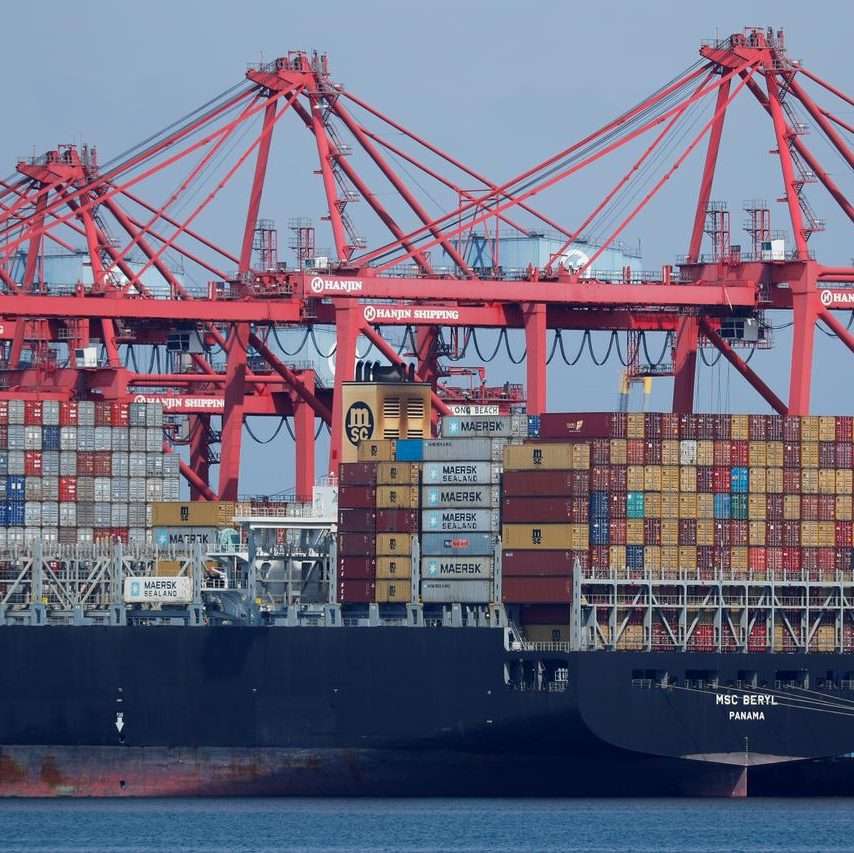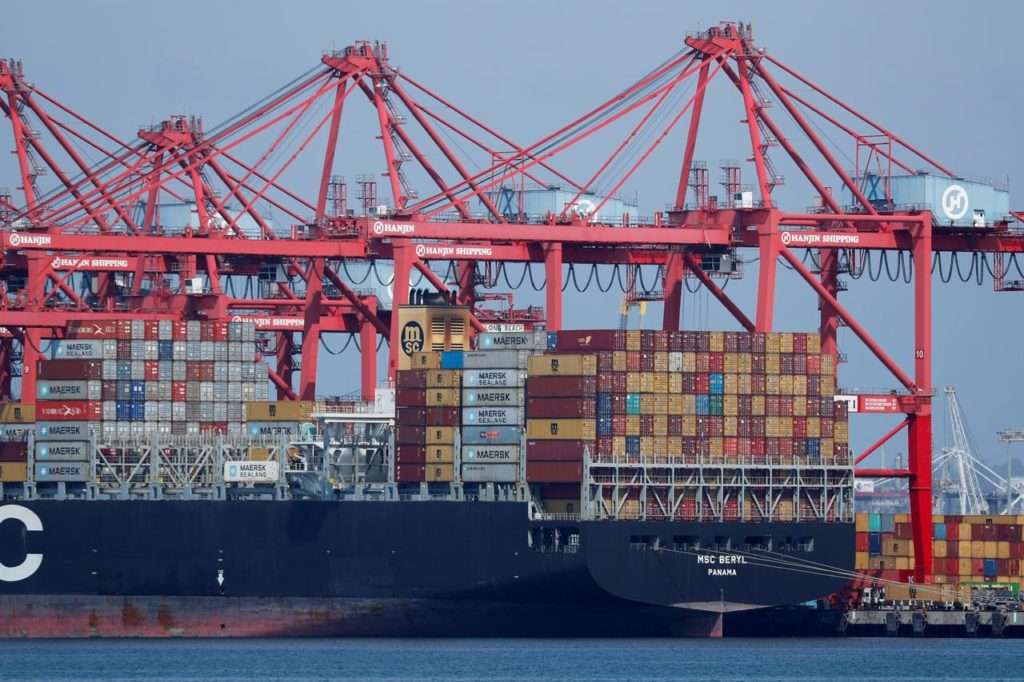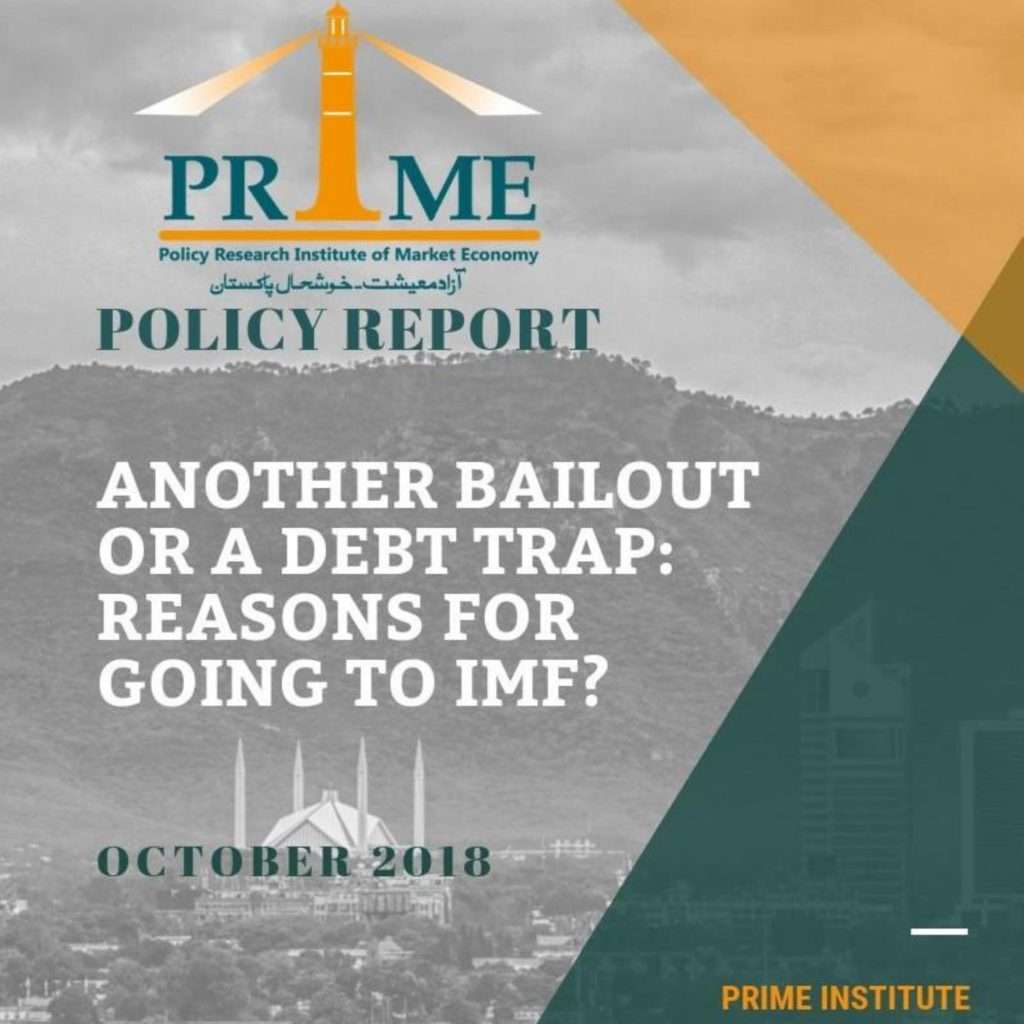Prosperity Index has plunged downwards. Large-scale industrial manufacturing has decreased and so has the trade volume. Reduced demand has led to an improvement in inflationary pressure on the economy and private sector long term credit borrowing is witnessing an improvement on the back of lowered discount rate.
The report first provides a general overview of macro-economy and then provides a snapshot of its second month-to-month growth in the prosperity. The report finds that during the months of March and April 2020, Pakistan witnessed sharp deterioration in prosperity due to contraction in trade volume and large-scale industrial manufacturing output. Inflation rate has seen a significant improvement. The month of April experienced a deflation, as calculated on a month-to-month basis and the report notes increasing signs of economic contraction due to a state of ‘lockdown’ in the domestic economy. To read more, download the file attached below:
[wpdm_package id=’7470′]

